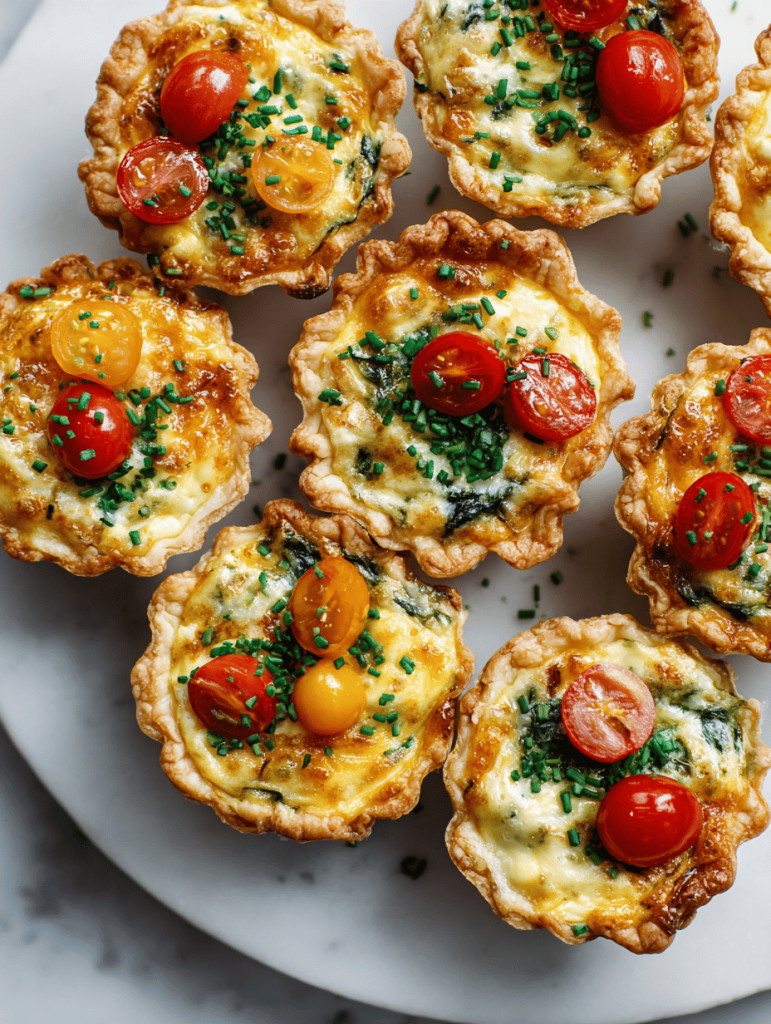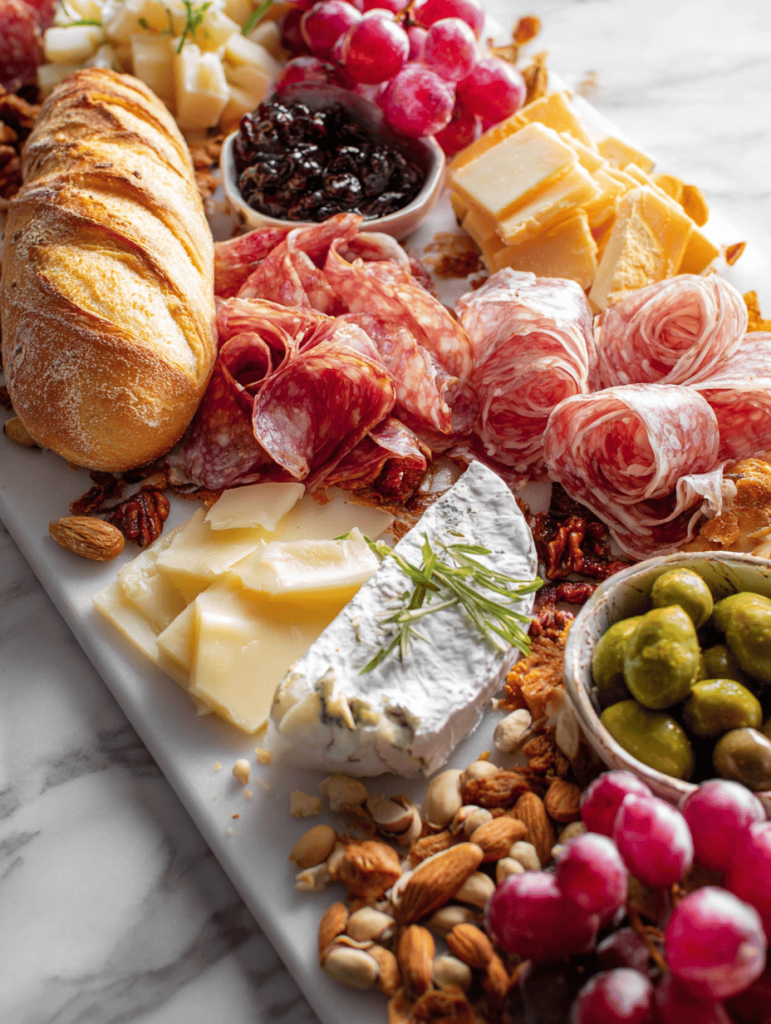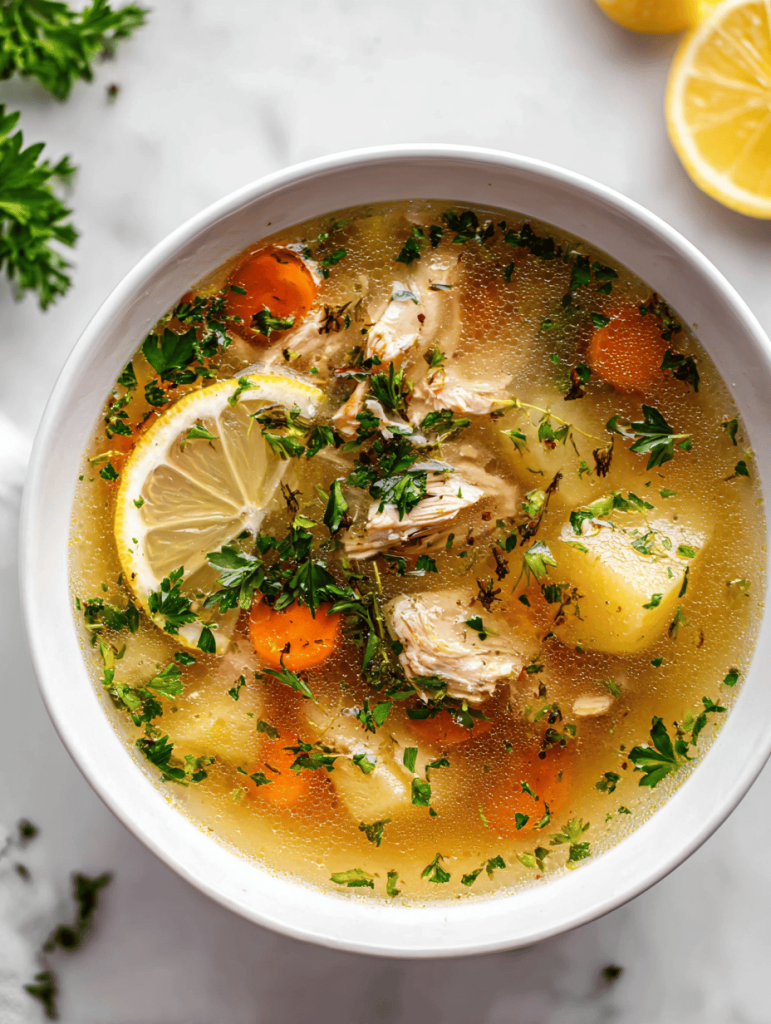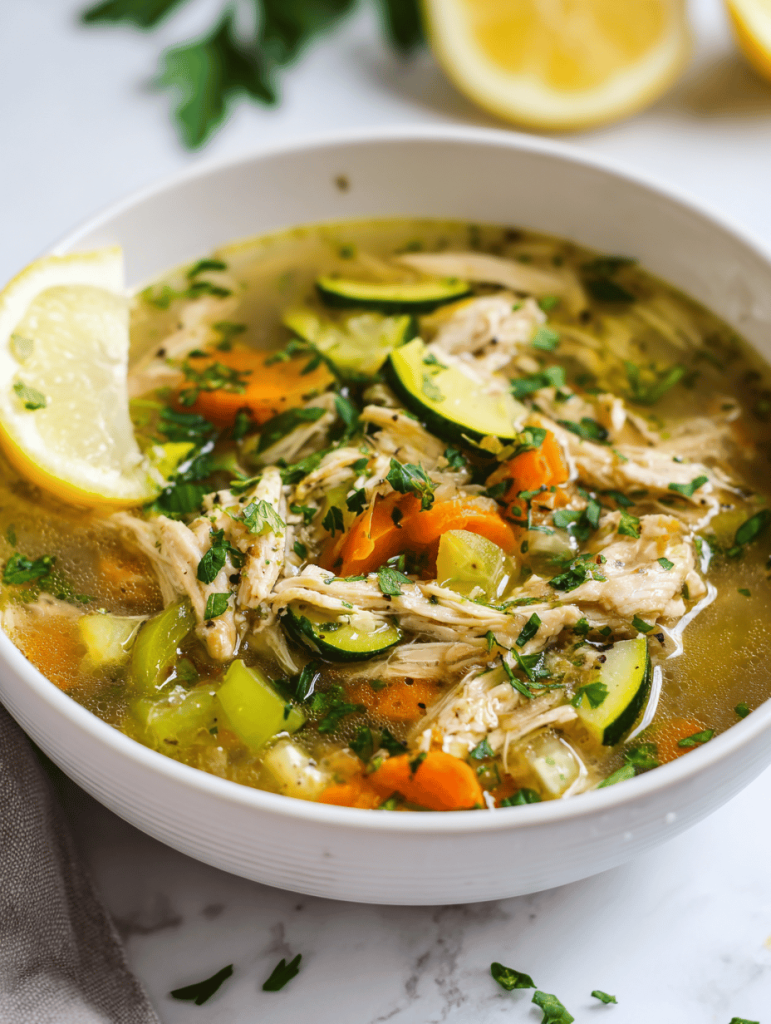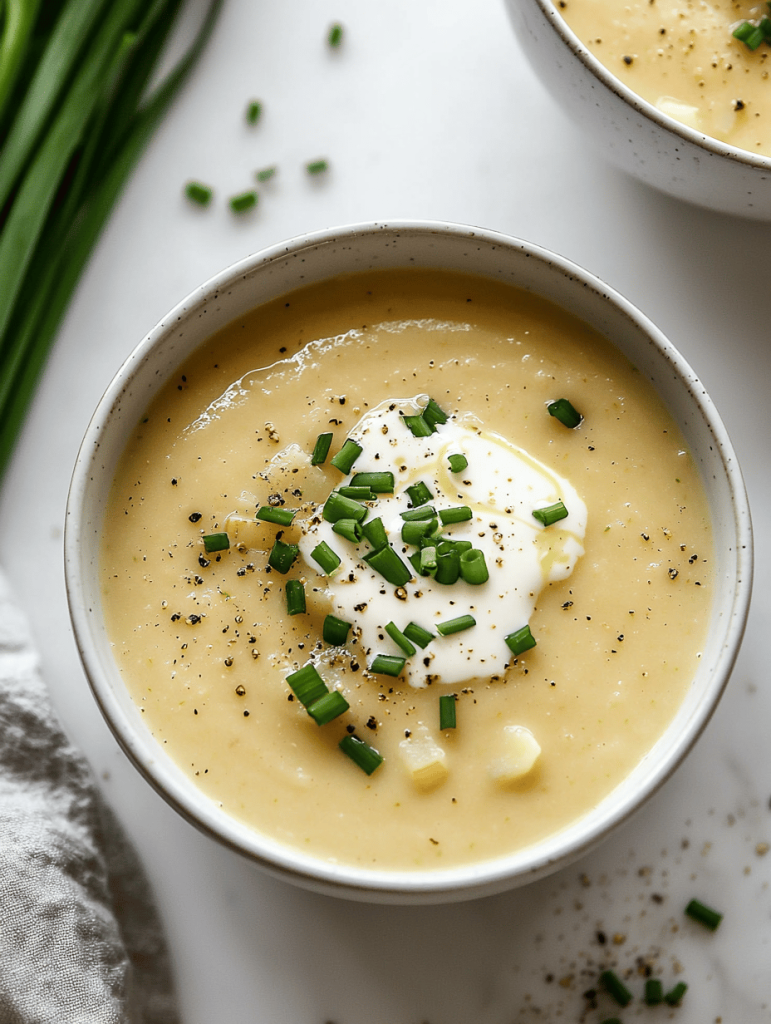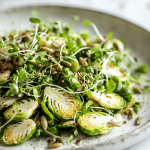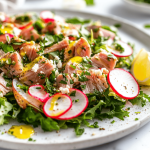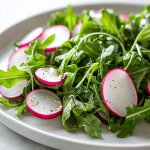APPETIZERS
Mini quiche bites Recipe
Mini quiche bites became my go-to when I needed something quick but satisfying, especially when I wanted to avoid the usual brunch overload. They’re surprisingly …
Read moreHoliday party snacks Recipe
Holiday parties often get a bad rap for being predictable, but I love sneaking in something a little different. These stuffed mini croissants feel fancy …
Read moreCharcuterie board ideas Recipe
Charcuterie boards are no longer just about the traditional cheeses and cold cuts. They’ve become a playground for creativity, mixing sweet, savory, spicy, and smoky …
Read moreSOUPS
SALADS
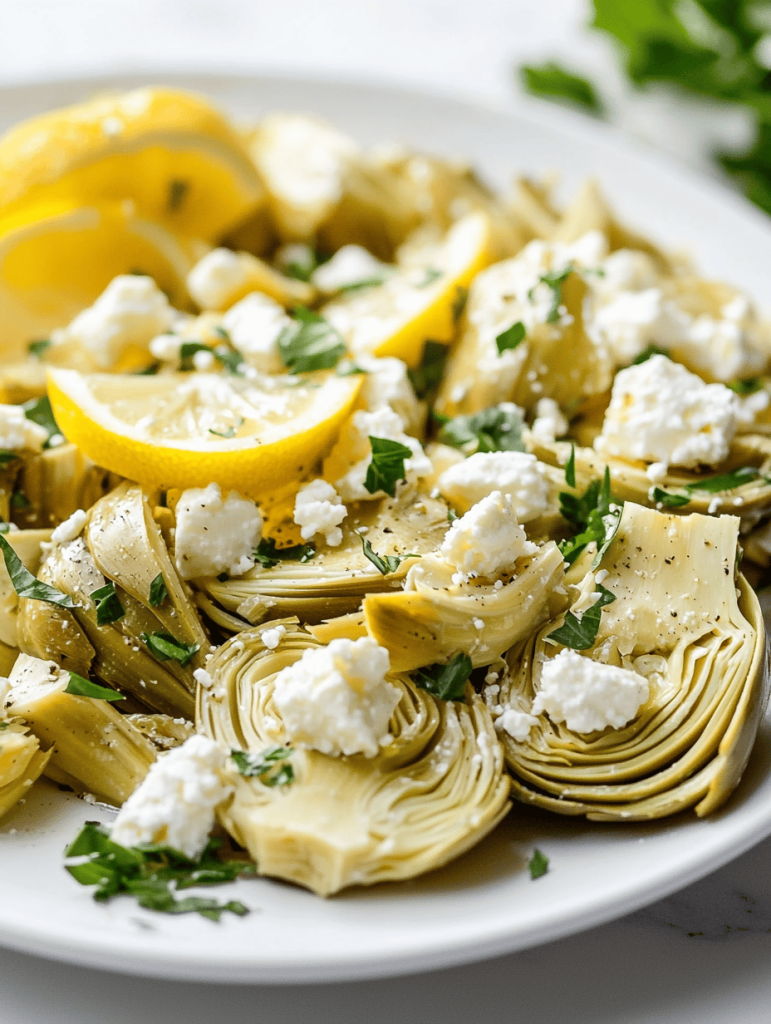
Greek Orzo Salad: The Unexpected Comfort of Tinned Artichokes and Feta
Why I Keep Tinning Artichokes for Salad I never used to think having a jar of canned artichokes was a big deal. Until I started …

